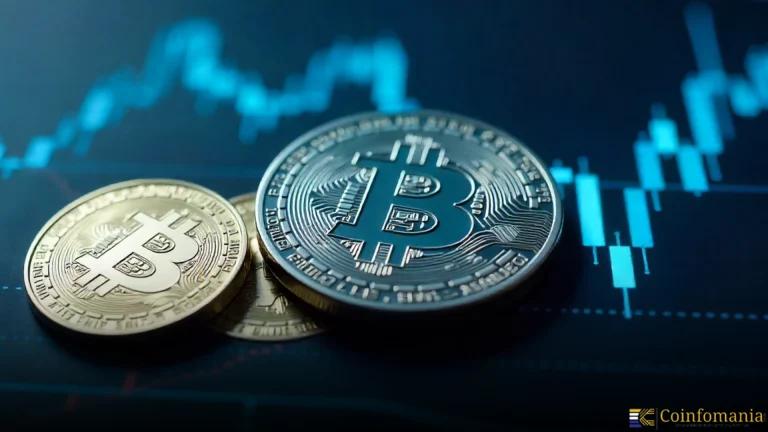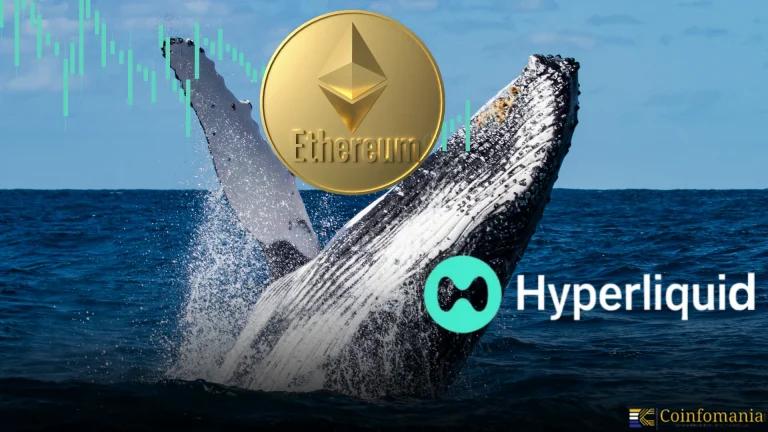BTSE COO Jeff Mei Connects Bitcoin Demand to Tariff Easing and Rising Liquidity
Let’s explore how shifting global trade policies and interest rate signals are fueling BTC demand amid evolving crypto market liquidity trends.

Quick Take
Summary is AI generated, newsroom reviewed.
BTSE COO Jeff Mei emphasizes that relaxed tariff policies could reduce inflation, potentially leading the Federal Reserve to cut rates and increase capital flows into Bitcoin and other digital assets.
President Trump’s announcement of a permanent 10% import tariff and proposed 80% tariffs on Chinese goods triggered market uncertainty, leading some investors to seek safety in crypto markets, boosting BTC demand.
Despite geopolitical tensions and tariff rhetoric, crypto markets have shown resilience, with Bitcoin maintaining stability above $100K and analysts noting strong liquidity and investor confidence.
As trade tensions shift worldwide, the link between monetary policy and digital asset flows grows clearer. BTSE COO Jeff Mei says relaxed tariff measures could ease inflation expectations. He believes lower inflation may prompt the Federal Reserve to cut rates soon. Such rate cuts would support BTC demand in crypto markets. This policy environment could guide more capital into digital assets. It creates a fertile ground for digital asset growth and innovation. As a result, Bitcoin’s price path gains support from these monetary changes.
Geopolitical Shifts Drive Surge in Crypto Market Confidence
After a US-UK trade deal and eased China rhetoric, risk investing picked up. Investors saw lower trade risks as signs of improved global stability. BTSE Exchange COO Jeff Mei links these changes directly to rising crypto inflows. He says more investors now use Bitcoin as a safe hedge. This shift has raised BTC demand among retail and institutional groups. Traders view these moves as boosting crypto market confidence. The link between geopolitics and digital assets shows policy impact.
BTSE Exchange COO’s analysis arrives as Bitcoin passes a major price milestone. Bitcoin’s rise above $100,000 reflects both technical momentum and macro shifts. Growing institutional backing and investor interest deepen crypto market liquidity. He notes that regulatory changes and economic diplomacy influence asset movements. These factors have led to increased BTC demand in recent weeks. Mei stresses that this growth is linked to clear, measurable market trends. He sees emerging trade policies as catalysts for crypto market maturity.
Bitcoin Holds Steady as Trump Announces New Tariff Policy
On May 10, Bitcoin hovered near $103,000 as markets absorbed fresh trade comments. President Trump declared a permanent 10 percent tariff baseline on all imports. He noted that exceptions to this baseline apply only in special cases. This policy update forms part of Trump’s tariff stance. Despite economists’ warnings, markets showed limited immediate inflation worries. Crypto prices remained stable amid these adjustments. Ethereum traded around $2,340 on the same day. Traders focused more on possible Federal Reserve rate decisions. This new approach aims to simplify global trade negotiations.
Later that day, President Trump suggested an 80 percent tariff on Chinese goods. He said such steep levies felt appropriate. This move builds on his earlier tough stance on China. Market watchers called these Trump Tariffs especially aggressive. Traditional sectors reacted with caution to the news. Investors turned toward crypto as an alternative asset class. Many noted an uptick in BTC demand during the hours following the announcement. The surge highlights crypto’s role as a hedge against trade policy risks. Economic forecasts now factor in added inflation from trade barriers.
Tariff Tensions and the Crypto Market’s Response
Trump’s mixed messages on trade exceptions created uncertainty among investors. He promised four or five new deals immediately. Yet the continuation of steep Trump tariffs on China worried many. This back-and-forth challenged traditional risk models. Meanwhile, crypto markets stayed relatively unfazed by the noise. Traders noted digital assets often thrive under policy uncertainty. DeFi projects also attracted fresh interest. These developments further cement crypto’s independent market position. Analysts say resilience improves as traders diversify holdings. Protectionist policies may increase global inflation risks.
Global Trade Talks and Fed Policy to Shape Crypto Trends
Looking ahead, high-level trade talks in Switzerland could shift policy again. Market participants watch those discussions closely. The Federal Reserve’s next moves on interest rates will also matter. Together, these factors will shape global liquidity trends. Investors expect continued volatility around trade and monetary shifts. This outlook may spur another surge in BTC demand. Many anticipate fresh capital flowing into digital assets. Strong crypto market liquidity could persist beyond current headlines. Policy clarity remains key for sustained growth.
Follow us on Google News
Get the latest crypto insights and updates.


